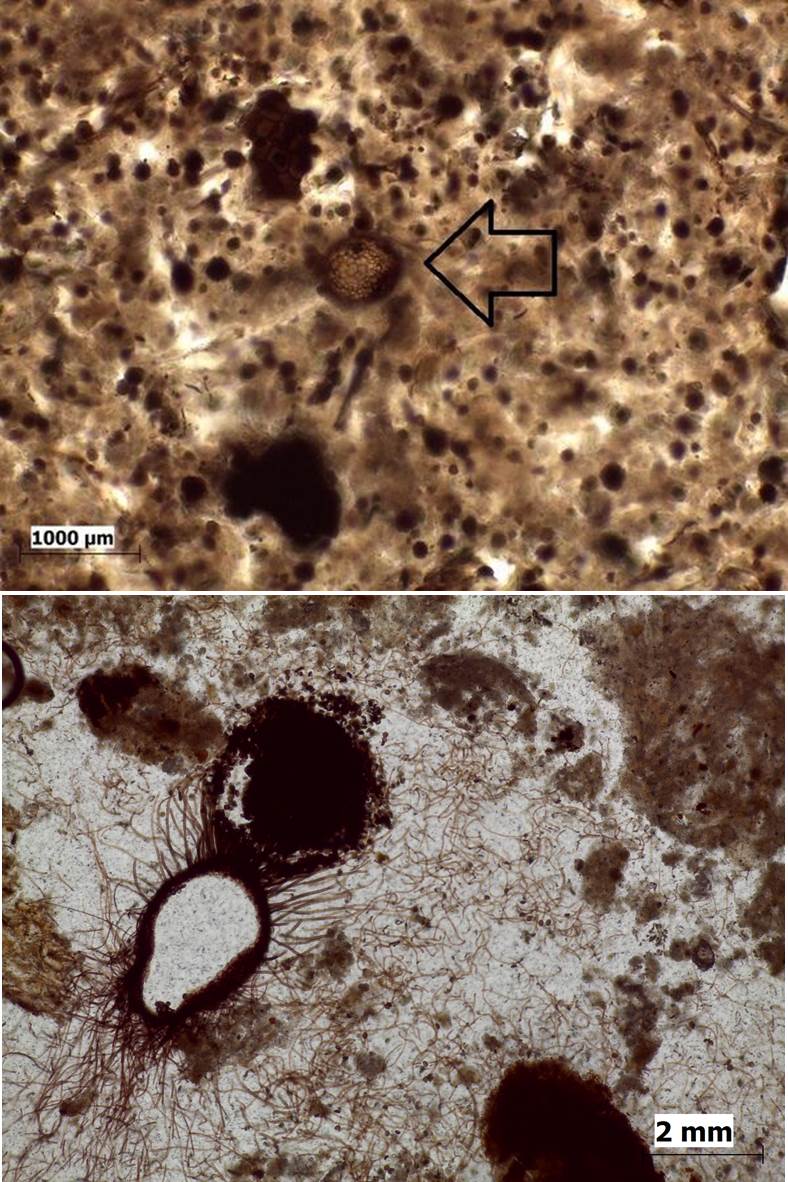Closing down - Ness of Brodgar final day

Not too much to report, aside from the fact I've had a productive and successful, albeit short, field trip this year. I managed to collect 20 large block samples during the week I've been here, which is more than enough to keep me occupied for the foreseeable future. The midden deposits I sampled in Trench T cover the early to late sequence, and hopefully we will be able to distinguish differences in activities and resource use between these phases. Will we see similar things going on here as we see in the main excavation area? Or will there be differences between these two parts of the site? Just some of the many questions we are hoping to answer! For now I will leave you with these fine images of the site being covered over until next year! More tyres than archaeologists




